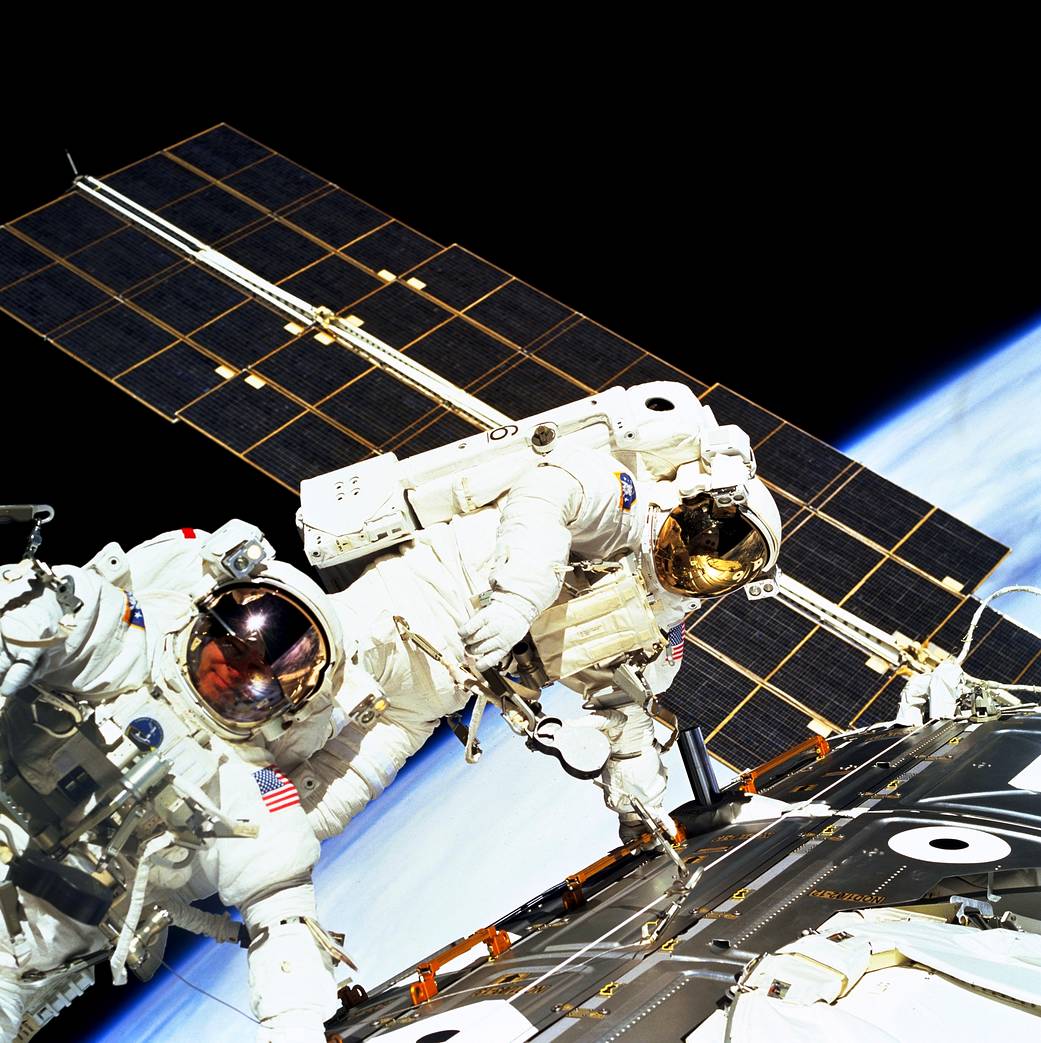This week in 1998, STS-88 touched down at NASA’s Kennedy Space Center after an 11-day mission that delivered the first American-built module to begin construction of the International Space Station. Here, astronauts Jerry Ross and James Newman work together on the final of the mission’s three spacewalks to connect the Unity module to the Russian Zarya module. These two pieces of the space station had never been in the same hemisphere, but they were mated together perfectly. The Unity module, the first of the three connecting nodes, was built at NASA’s Marshall Space Flight Center. The space station is a blueprint for global cooperation and scientific advancements, a destination for growing a commercial marketplace in low-Earth orbit, and a test bed for demonstrating new technologies. The orbiting laboratory is the springboard to NASA’s next great leap in exploration, including future missions to an asteroid and Mars. The NASA History Program is responsible for generating, disseminating, and preserving NASA’s remarkable history and providing a comprehensive understanding of the institutional, cultural, social, political, economic, technological, and scientific aspects of NASA’s activities in aeronautics and space. For more pictures like this one and to connect to NASA’s history, visit the History Program’s webpage.
Image credit: NASA




























